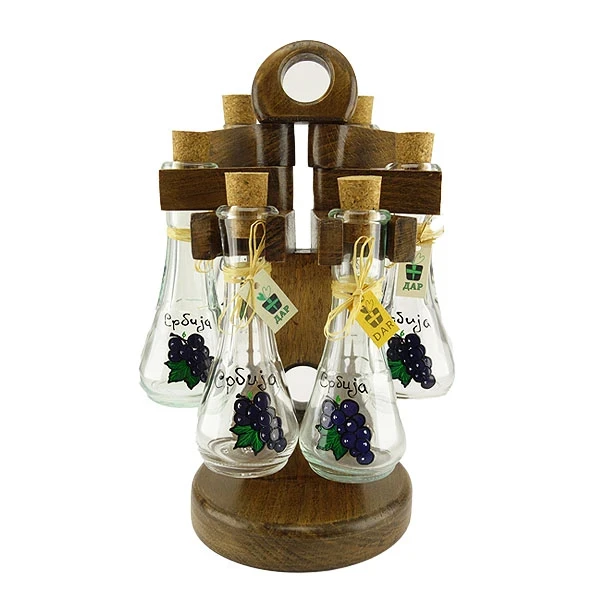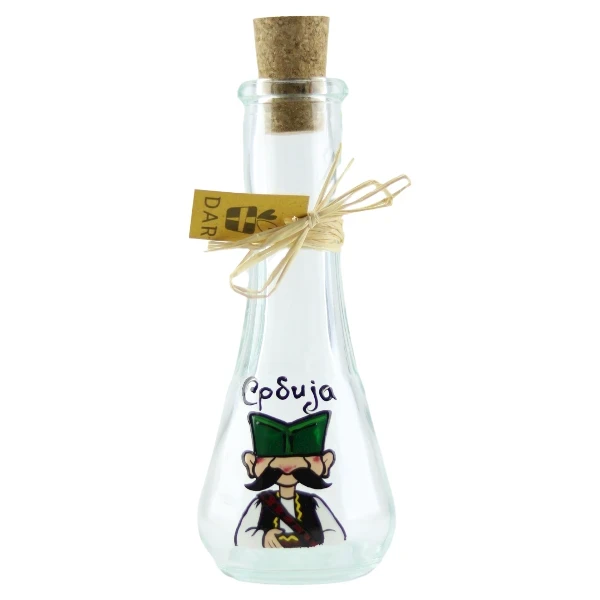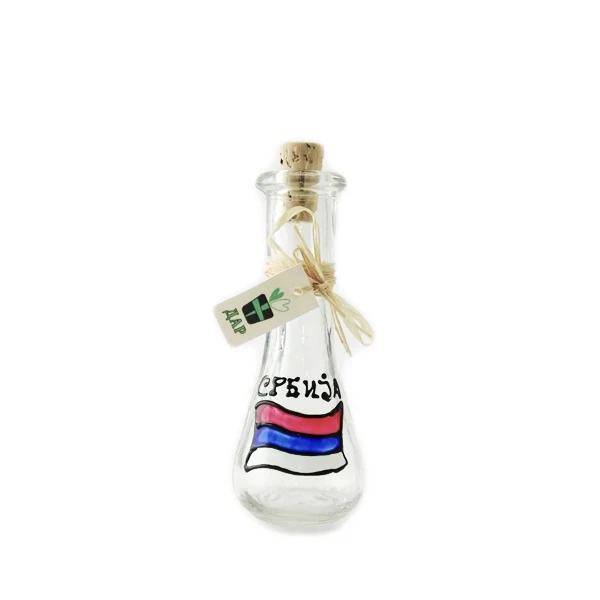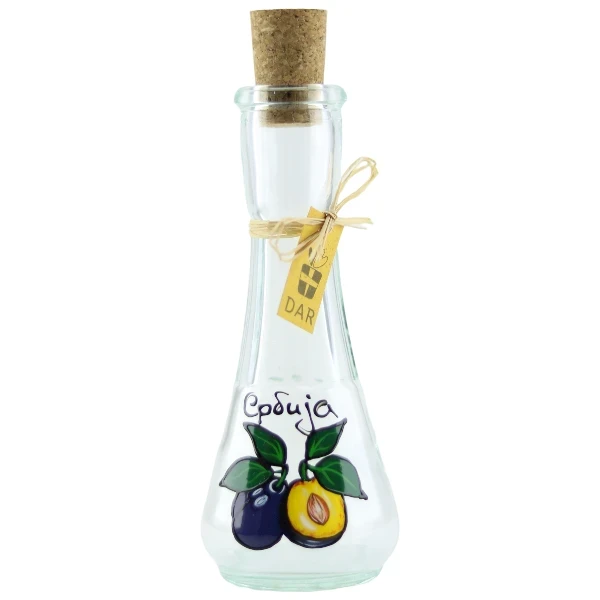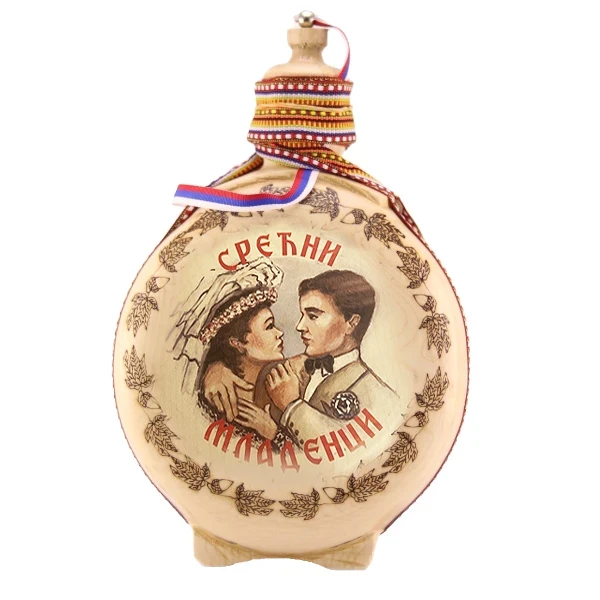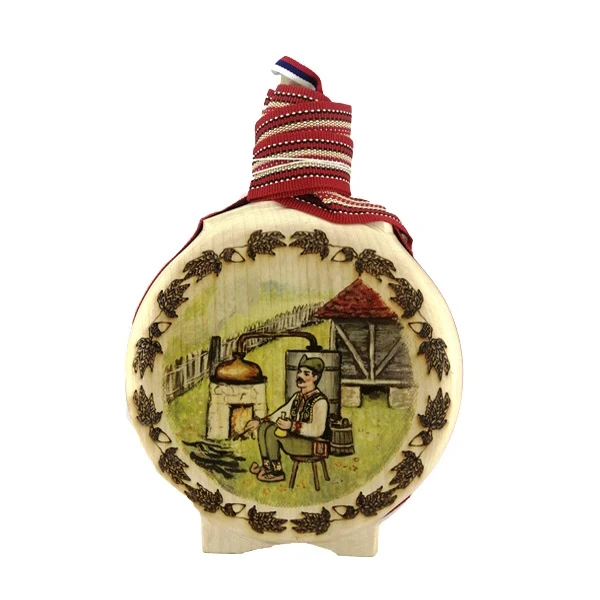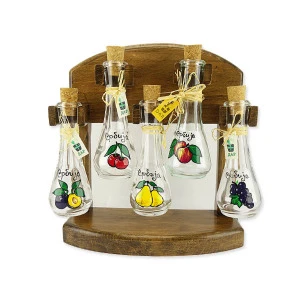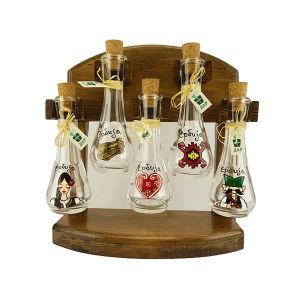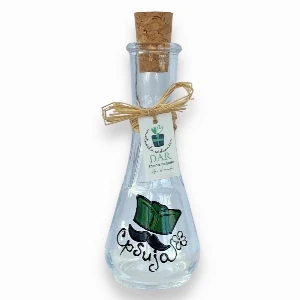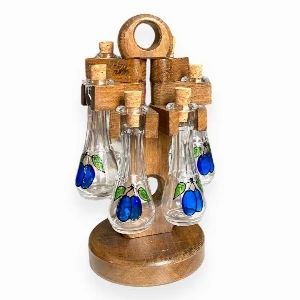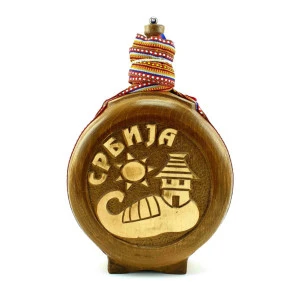- Home
- Blog
- Get to know Serbia
- WHAT IS RAKIJA? - SERBIAN RAKIJA
WHAT IS RAKIJA? - SERBIAN RAKIJA
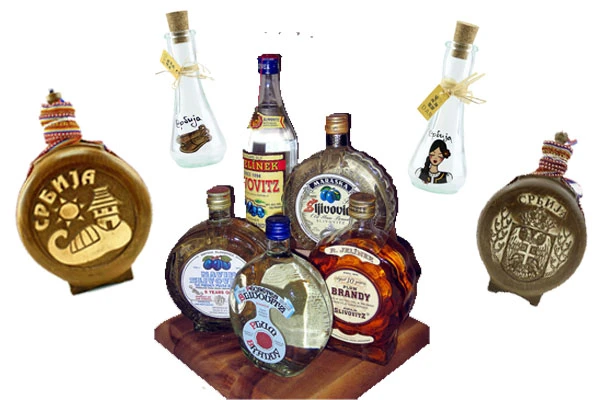
Rakija / Brandy is a traditional alcoholic beverage produced by distilling fermented fruits or grains. It is very popular in many countries, but it is especially well-known and appreciated in Serbia. This drink is part of Serbian culture and tradition and has a very important place in customs and celebrations.
Serbia is famous for its rakija, which has been an integral part of Serbian culture and tradition since ancient times. In addition, Serbia is one of the countries that produces the best brandy in the whole world. As in other countries, different types of rakija are produced in Serbia, including plum rakija, grape rakija, quince rakija, apricot rakija, William rakija and others.
The production of brandy in Serbia has a long tradition, which is passed down from generation to generation. The process of making rakija in Serbia is very important, and it is often done according to old recipes that are passed down from generation to generation. Each region in Serbia has its own specific tradition and way of producing rakija, which is one of the reasons why Serbian rakija is so appreciated.
Čokanji and čutura/flask are traditional containers used for storing and serving rakija.
Chokanji are smaller vessels, usually made of glass or ceramic, used to serve rakija at family celebrations and other festivities.
Čutura are larger containers, usually made of a wooden barrel, which are used to store rakija for a long time. Rakija that is stored in a flask is usually considered better and of higher quality than that served from a bottle.
In addition, Serbian brandy is often consumed as an aperitif or digestif, along with essential bites of homemade dried meat, cheese, sauerkraut and other traditional dishes. It is also often used medicinally, to relieve stomach upsets or as a natural remedy for colds and flu.
In short, rakija is an indispensable part of Serbian culture and tradition, which has been produced and consumed for centuries. It is known for its high quality and variety, and is an important symbol of Serbian hospitality and tradition.
Related products
Read also
Who was Saint Sava and what was his contribution?
"Saint Sava: A Beloved Serbian Saint with a Rich Legacy and Cultural Significance"
…Serbian New Year: Tradition, Customs and How to Celebrate it
The Serbian New Year, also known as the Orthodox New Year, is celebrated on…
Gifts Inspired by Serbian Culture: Authentic Ideas for the Holidays
The holidays are a time of giving, and finding the perfect gift is often a challenge.…
Traditional Serbian Christmas Customs: How to Cultivate Them in Modern Times?
Christmas is the most joyous holiday in Orthodox Christianity, a time when families…
How to Bring the Spirit of Orthodox Tradition into Your Home This Winter?
Winter is the perfect time to bring warmth, togetherness and the spirit of Orthodox…
Serbian Souvenirs: Perfect New Year's Gifts for All Tastes
New Year is the time of giving, and what is more beautiful than a gift that…
How to stay productive and not waste an entire day on Black Friday shopping
Black Friday is a day full of amazing discounts, but it can easily become exhausting…
Folk Beliefs and Customs for Saint Aranđel - Assembly of Holy Angels
Saint Michael the Archangel, who is celebrated…
Folk Beliefs and Customs for Đurđić - Glory of St. George
Đurđić, the feast of St. George, celebrated on November 16, is one of the most…
Smart shopper's guide: How to make the most of Black Friday
Black Friday is the most famous shopping event of the year that offers huge…
The history of Black Friday: How it all began and why it continues
Black Friday, known as the biggest discount day of the year, today attracts…
Gifts for Children in the Diaspora: How to Nurture the Connection with the Language, Culture and Tradition of Serbia
Children who grow up in the diaspora face specific challenges - they lose contact…

Apply for newsletter
Sign up for the Serbianshop newsletter and get a 10% discount.


